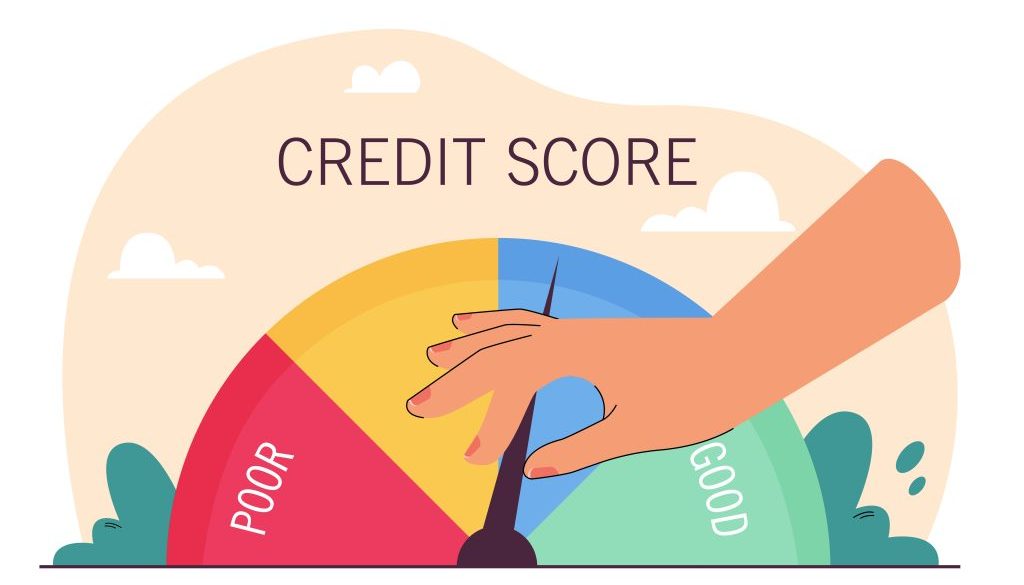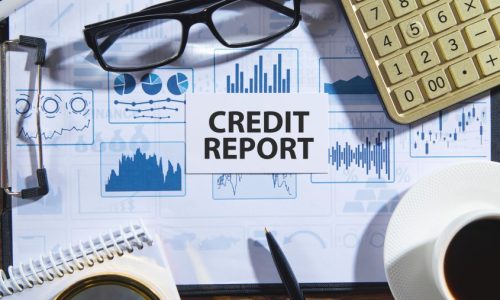Top Three Credit Upgrades Anyone Can Secure in 2023

When it comes to your personal finances, your credit score is a crucial statistic. In fact, it plays a significant role in determining whether or not you are granted credit cards and other forms of financing. Lenders will look at the credit score you have to calculate the interest rate that they will charge you if your loan application is successful.
Submissions for things like renting an apartment or getting a mobile phone service still include your credit score, even if the process itself doesn’t entail lending money.
The most prominent credit scoring algorithm was developed by FICO, and a recent poll indicated that when customers’ FICO scores are high, 88% of them report a greater sense of personal security.
To What Extent Do Credit Reports And Credit Scores Vary?
Consider your credit report the equivalent of a report card for your money matters: it details data on your credit card accounts, school loans, auto loans, mortgages, and any other loans or lines of credit you may have. Practically, your credit score is derived from this information and is a simple three-digit number, comparable to a standard assessment like the SAT that’s used to evaluate candidates.
Customers may often get free copies of their FICO ratings from various banking institutions. A free FICO score may be obtained from Experian, one of the three main credit agencies. In addition, myFICO.com provides this service as well.
But lets see the upgrades we were talking about at the beginning of this article.
1. First, Assess Your Present Situation
Sadly, not many Americans are paying close enough attention to their credit reports and ratings. According to FICO, just 38% of U.S. residents monitor their credit more often than once a year. As a plus, approximately 20% of respondents to a survey conducted by CreditCards.com said they had never seen their credit reports.
To get started, we recommend checking your credit report at least twice a year. Moreover, credit score expert Sally Taylor of FICO recommends doing so at least once a month. Checking your credit report is a must before applying for any kind of financial product or service.
According to a survey conducted by Consumer Reports among almost 6,000 consumers in the United States, more than a third of respondents discovered at least one inaccuracy in their credit history. By checking your records, you can find and fix these errors before they permanently affect your ratings.
At AnnualCreditReport.com, you may get a free copy of your credit report from each of the three major bureaus—Equifax, Experian, and TransUnion. You may get the copies every week until the end of the year 2023. Prior to the COVID-19 outbreak, people could get a free report once each year from each of the three major credit reporting agencies.
What Defines An Excellent Credit Score?
Those with credit scores in the mid-to-high 700s should continue along their current course. Lenders often don’t differentiate between credit scores in the 700s and upwards, even though the FICO calculations extend to 850.
A high FICO score increases your chances of being accepted for credit at the best available rates and conditions.
When your credit score falls below 650, you are classified as having subprime credit. This implies that getting a loan will be considerably more difficult, and if you do, you may expect to pay a substantially higher interest percentage.
As a general rule, the higher your credit score, the more likely you are to get approved for a loan and the lower the interest rates will be.
Building and maintaining a solid credit history is often a considerably time-consuming process. However, as timely bill payment accounts for 35 percent of the total the FICO score, it should be your primary focus.
Also, the amount you owe, the span of your credit history, the types of credit accounts you have, and how well you manage them – all of these aspects contribute to your credit score. New credit applications and inquiries are to be avoided at all costs.
2. Look At Other Credit Monitoring Services
Luckily, there are actions you might take that will have a noticeable and quick impact on your credit rating. One is to begin building credit using measures and behaviours that have not been taken into account when determining a person’s creditworthiness.
For example, credit reporting systems like Experian Boost and eCredable Lift make it possible to include details such as rental, utility payments, streaming, and mobile phone transaction histories. You can instantly benefit from several months of favourable information since all data is retrieved retrospectively.
If you’re a credit rookie, this will have an enormous impact on you. According to the Consumer Financial Protection Bureau, 45 million U.S. residents do not have a “credit footprint.” Many instances include young individuals and immigrants who have never used credit before. In addition, some startling numbers of elderly people have also vanished from the credit system.
On the other hand, thin credit files are something that millions of other people struggle with, as the standard number of credit accounts preferred by lenders is five.
Additional information may be added to your credit reports via the use of alternative credit monitoring services, which are a great option.
3. Maintain A Moderate Credit Use Ratio
Cutting down on how much of your available credit you’re using is another strategy that might provide quick gains. Credit utilization ratio is the amount of available credit used as a percentage of the total available credit on a certain credit card.
Most consumers don’t realize that the date they get their credit card statement is also the day their credit card company reports their account activity.
Let’s assume your monthly expenses are $4,000 and your credit limit is $5,000. Credit score algorithms may still see your use of 80% of your credit limit as hazardous, regardless of other credit-related factors. Thus, a high credit usage ratio could still lower your overall credit rating.
Although there is no hard and fast rule, it is generally advised to maintain this ratio below 30%, and according to FICO, the best credit scores have usage percentages of 10% or less. The fundamental idea is that regardless of where you now stand, lowering your credit usage percentage should improve your credit score.
Another helpful strategy includes requesting for an increase in your credit limit and paying more than the minimum payment on your credit cards each month. According to the results of a 2020 survey, the majority of cardholders who requested a raise in their limit were granted it.
In Conclusion
Make it a goal for this year to monitor your credit situation on a regular basis. Alternative credit scoring resources might offer you a nice boost, particularly if your credit score needs some improvement. Signing up for these tools could be a very smart move for some people.
You may also benefit from being an authorized user on another person’s credit card account. In addition, increasing your credit limit or reducing your credit use percentage might also be helpful.
Many individuals find credit ratings to be somewhat of an enigma in their financial lives. But try not to overcomplicate things. Simple practices like being regular with bill payments, minimizing debt, and spreading out credit applications can go a long way toward improving your credit score. If you follow those steps regularly, you can improve and keep a high credit rating.



